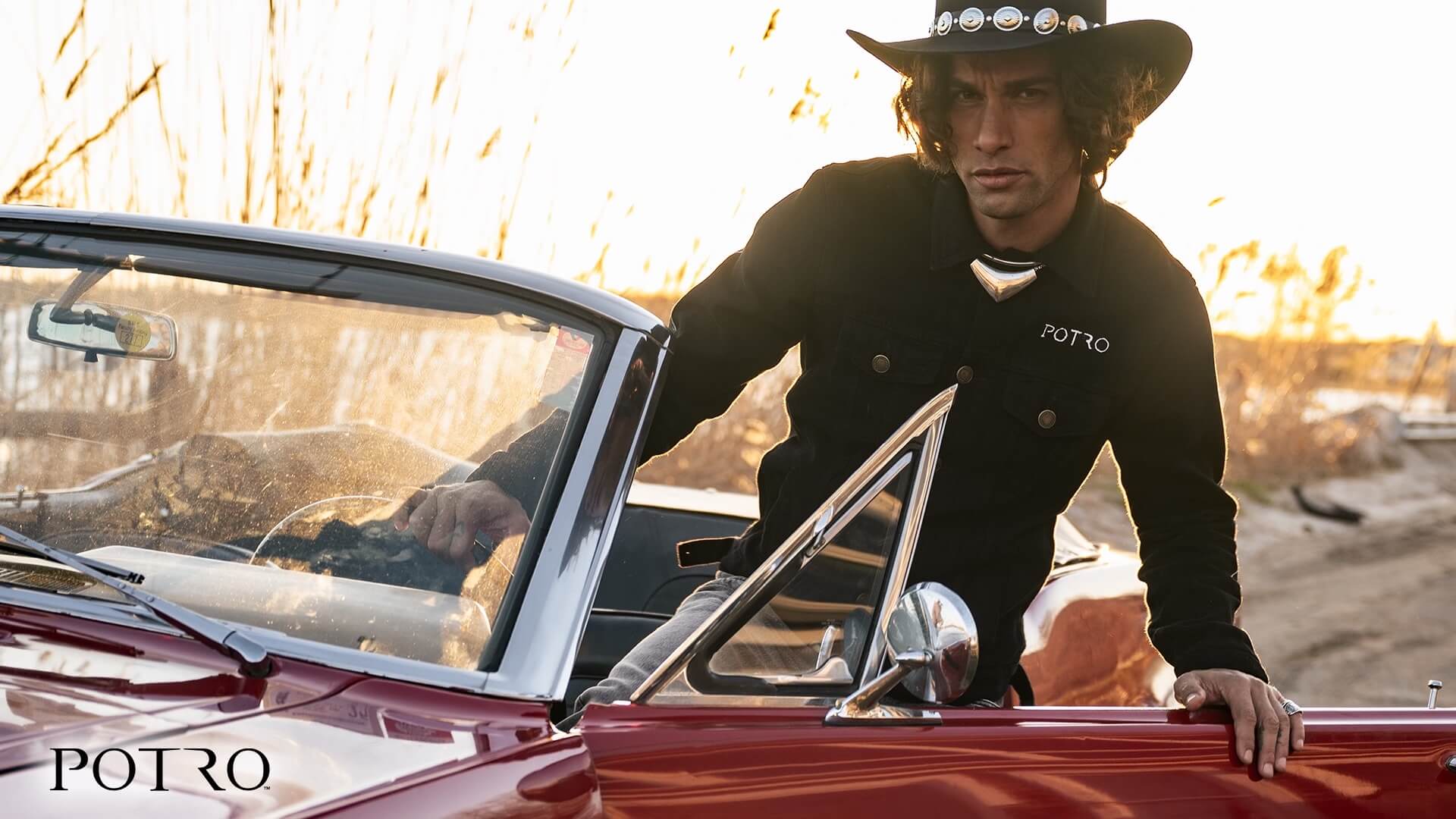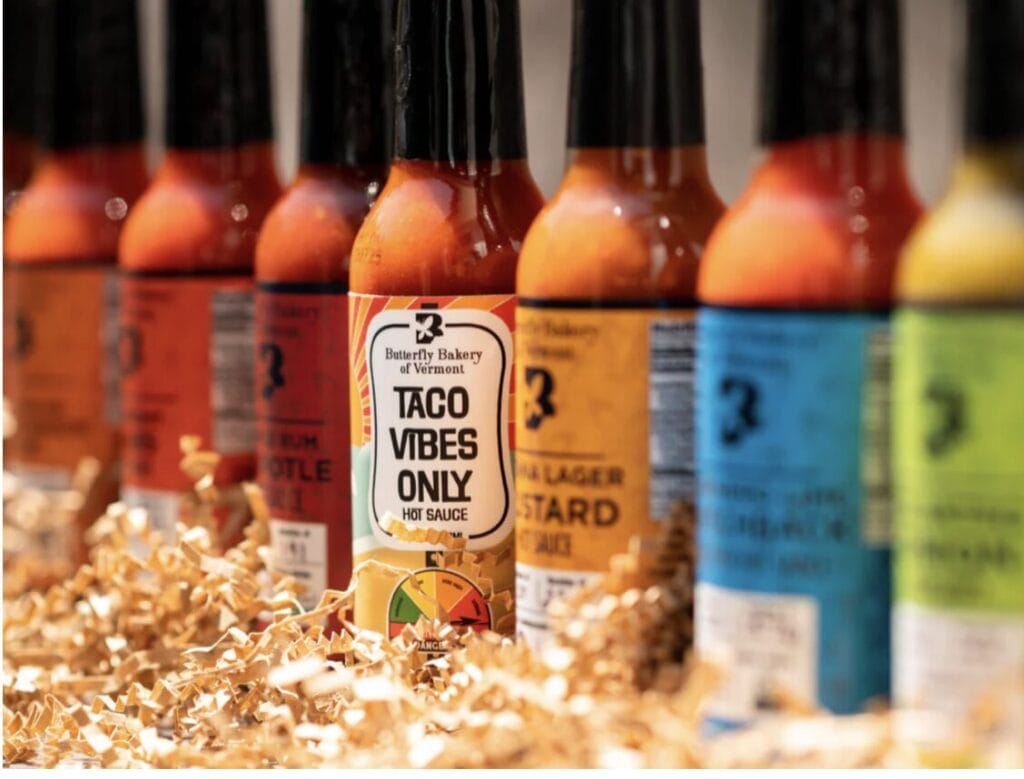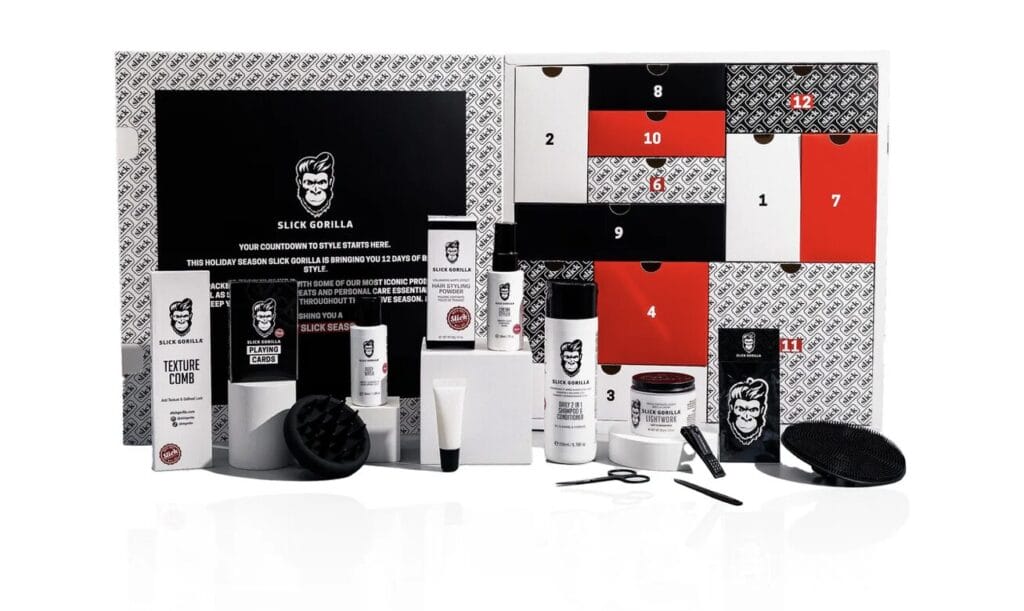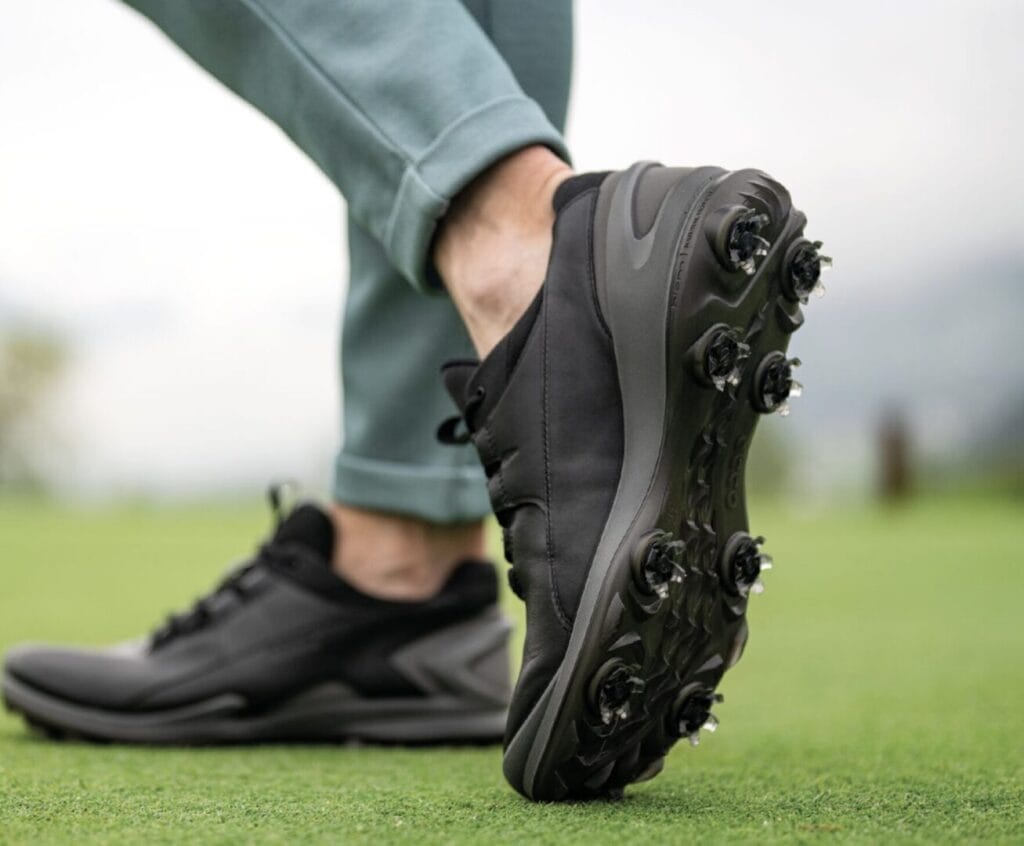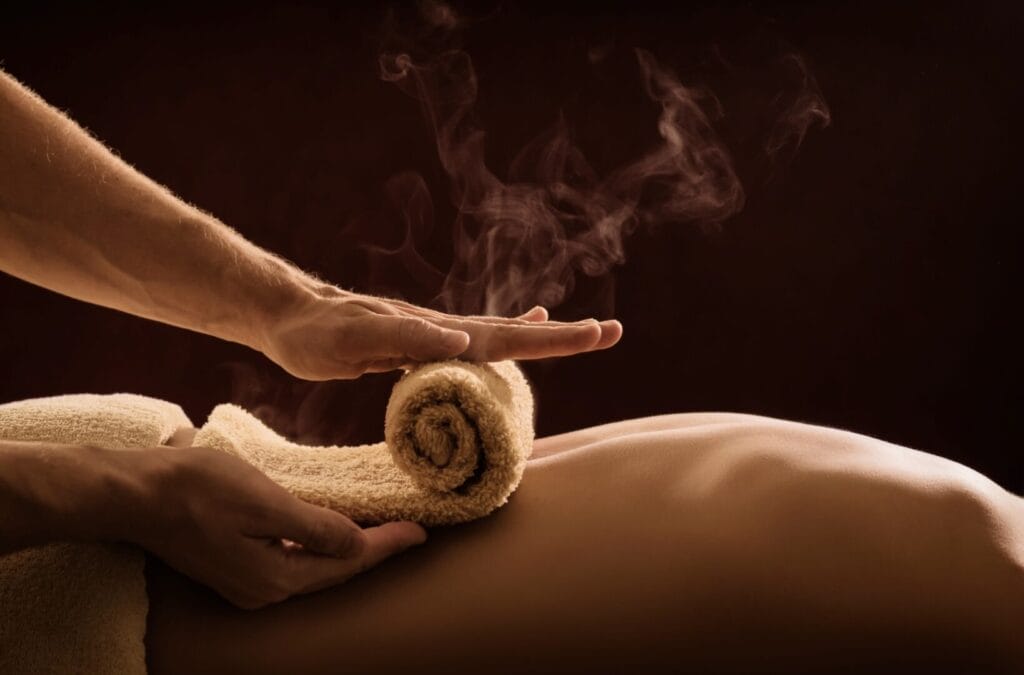As we enter the vibrant celebration of Hispanic Heritage Month, it’s important to reflect on the significance of this time and the profound influence LATINX culture has on shaping the United States. Hispanic Heritage Month, recognized annually from September 15 to October 15, honors the histories, cultures, and contributions of Americans with roots in Spain, Mexico, the Caribbean, and Central and South America. It was first established as Hispanic Heritage Week in 1968 by President Lyndon B. Johnson, then expanded to a month-long celebration by President Ronald Reagan in 1988. Today, the celebration is managed by organizations such as the National Council of Hispanic Employment Program Managers (NCHEPM), and each year, it delivers a wealth of events, educational programs, and cultural exhibitions across the country.
But as we celebrate, it’s vital to recognize that Hispanic history in the United States goes back much further than the 20th century. Hispanic Heritage Month is not just about culture and traditions; it’s about recognizing the role that Hispanic people have played in the very formation of this country.
A Historical Foundation: The Spanish Roots of the United States
Long before the English arrived on the shores of North America, much of what we now call the United States was under the domain of the Spanish Crown. In 1492, Queen Isabella of Spain financed Christopher Columbus’ expedition, leading to the European exploration of the Americas. By the early 1500s, Spanish settlers were establishing colonies throughout Florida, the Southwest, and California. One of the most enduring legacies of this era is St. Augustine, Florida, the oldest continuously inhabited city in the United States, founded by the Spanish in 1565. Originally a fortress city, St. Augustine stood as a powerful symbol of Spain’s influence on the development of the Americas.
As a reminder of how vast Spain’s reach was, consider that much of the western United States—states like California, Arizona, New Mexico, Texas, and Nevada—were once Spanish territories. This influence wasn’t limited to land ownership; it extended into the cultural, religious, and social frameworks that continue to shape these regions today.
The Enduring LATINX Influence in American Culture
From language to cuisine, the influence of LATINX culture in the United States is both deep-rooted and expansive. Spanish is the second most spoken language in the country, with over 41 million native speakers and an even larger bilingual population. Beyond language, the flavors of Hispanic cuisine—whether it’s Mexican tacos, Cuban ropa vieja, or Peruvian ceviche—are embedded in the American culinary landscape, becoming an everyday part of life for millions of Americans.
Here are three famous Latinx athletes who have made significant contributions to sports: Roberto Clemente (1934–1972) A Puerto Rican professional baseball player, Clemente was a Hall of Fame right fielder for the Pittsburgh Pirates. He was the first Latin American and Caribbean player to be inducted into the National Baseball Hall of Fame, Lionel Messi (1987–present)– Though born in Argentina, Messi has had a profound impact on the world of soccer, especially in the U.S. after joining Inter Miami CF in Major League Soccer (MLS) in 2023. He is widely regarded as one of the greatest soccer players of all time and Julio César Chávez (1962–present). A Mexican boxing legend, Chávez is widely regarded as one of the greatest boxers of all time. He held multiple world championships in three weight divisions during his career.
Yet, perhaps one of the most dynamic ways LATINX culture continues to influence the U.S. is through music and fashion. From salsa and reggaeton to Latin pop, the global music industry has been fundamentally reshaped by Hispanic musicians and artists. Similarly, the world of fashion has embraced LATINX influences—from bold, colorful designs to streetwear inspired by urban Latino culture.
The LATINX Market: A Powerhouse in the American Economy
The LATINX market in the United States is nothing short of a powerhouse. Generating more than $2.8 trillion in annual revenue, Hispanic consumers represent one of the fastest-growing and most influential demographics in the country. According to recent studies, the purchasing power of the LATINX community is expected to continue its upward trajectory, with exponential growth predicted over the next decade. This growth is shaping not only fashion but also industries such as food, technology, and media.
Fashion, in particular, is experiencing a renaissance as brands increasingly look to the LATINX community for inspiration and collaboration. This influence is undeniable in the design, aesthetics, and marketing strategies of both mainstream and niche fashion labels.
Five Significant Contributions of Hispanic Culture to the USA
- Language: Spanish is not just a secondary language but a cornerstone of the cultural fabric of the U.S., influencing everything from education to media.
- Cuisine: Hispanic cuisine, with its rich diversity, has become a beloved staple in American households, influencing food trends and restaurant culture nationwide.
- Music: From reggaeton to Latin pop, Hispanic musicians have made waves in the global music industry, shaping American pop culture and beyond.
- Community and Family Values: The emphasis on close-knit families and strong communities is a hallmark of Hispanic culture that resonates deeply within American society.
- Fashion and Design: Hispanic fashion designers have been instrumental in bringing color, creativity, and cultural heritage to both streetwear and high fashion.
LATINX Americans continue to embrace and celebrate their heritage proudly. This expression of identity, particularly in fashion, is not just a trend but a movement, a way for the Hispanic community to connect with their roots while contributing to the contemporary American cultural narrative.
Characterized by a rich textile history and a growing environmental awareness, a new generation of Peruvian designers is exploring innovative techniques and materials to create collections that reflect the country’s identity. They use natural fibers, natural dyes, and innovative technologies like regenerative and recycled fibers. Some brands are even exploring waterless dyeing and zero-waste pattern making in denim.
Celebrating LATINX Fashion Brands
Two brands that stand out in the fashion industry for their LATINX heritage and cutting-edge designs are POTRO and Gypsy Sport.

- POTRO, founded by myself, Joseph DeAcetis, has quickly become one of the most talked-about LATINX menswear brands in the USA. Our designs are rooted in the vibrant traditions of LATINX culture, celebrating bold colors, handcrafted detailing, and an unwavering commitment to authenticity. POTRO isn’t just a fashion label; it’s a celebration of the LATINX heritage, blending modern menswear with cultural pride.
- Gypsy Sport, founded by Rio Uribe, has become synonymous with gender-fluid, boundary-pushing designs that celebrate diversity and inclusion. Uribe’s Mexican heritage is a significant influence on his work, making Gypsy Sport a beacon for the fusion of fashion, activism, and cultural representation.
Here are five iconic and heritage menswear accolades developed by LATINX countries, each reflecting the rich cultural history and craftsmanship of their origins. These accolades not only highlight the craftsmanship and functionality of Latinx menswear but also underscore the cultural pride and heritage embedded in each garment.
1. Guayabera (Cuba and Mexico)
The guayabera is a traditional men’s shirt that originated in Cuba and later became popular across Latin America, especially in Mexico. Known for its lightweight fabric, pleats, and four front pockets, it was originally designed for hot climates and is often made from linen or cotton. The shirt became a symbol of elegance and comfort, worn during formal occasions while retaining its casual appeal. Today, it stands as an enduring symbol of Latinx heritage and craftsmanship in menswear.
2. Charro Suit (Mexico)
The charro suit, deeply rooted in Mexican tradition, was initially worn by the charros (Mexican horsemen or cowboys) and has since evolved into a symbol of Mexican national pride. Characterized by its fitted silhouette, intricate embroidery, and silver buttons, it is now worn during special events like rodeos, traditional celebrations, and as the iconic attire for mariachi musicians. The charro suit represents not only Mexico’s deep equestrian culture but also its artistry in tailoring and detailed embellishments.
3. Poncho (Andes Region, Peru, and Bolivia)
The poncho, originally developed by the indigenous peoples of the Andes region, particularly in Peru and Bolivia, is an iconic outerwear garment that reflects centuries of tradition. Crafted from wool and often featuring intricate geometric patterns, it was designed to protect against harsh mountain climates while allowing freedom of movement. Over time, the poncho has transcended its utilitarian purpose and become a symbol of Latinx heritage, blending function with bold, distinctive design.
4. Espadrilles (Spain and Latin America)
While originating in Spain, espadrilles were quickly adopted and adapted in several Latin American countries, particularly in Argentina, Colombia, and Venezuela. These lightweight shoes, made from canvas or cotton fabric with a flexible sole traditionally made from jute, became essential for working-class men in rural areas. Today, espadrilles have become a summer staple around the world, valued for their breathability and casual yet refined look, representing the convergence of practicality and style.
5. Panama Hat (Ecuador)
Despite its misleading name, the Panama hat originated in Ecuador. Crafted from the toquilla palm plant, these finely woven hats were worn by workers to protect themselves from the harsh sun while building the Panama Canal, which is how they gained their name. The hat became internationally renowned when President Theodore Roosevelt wore one while visiting the canal in the early 1900s. Today, the Panama hat is a symbol of elegance and sophistication, beloved by both casual and formal menswear enthusiasts.
As we celebrate Hispanic Heritage Month 2024, StyleLujo proudly presents a curated list of standout brands that honor the rich legacy of LATINX culture in the USA. These brands not only serve as a testament to the enduring heritage of Hispanic influence but also represent the future of one of the most dynamic and fast-growing segments in American fashion and culture. Join us as we explore how these innovators are shaping the future while paying homage to the past.”
POTRO:

POTRO, launched in 2022 by Joseph DeAcetis, has quickly established itself as a trailblazing voice in LATINX menswear. In just two years, POTRO has made an indelible mark on the fashion scene, showcasing its collections at three New York Fashion Week shows, with pieces that embody a bold new aesthetic for LATINX culture. The brand has already gained recognition by being worn by notable figures such as Puerto Rican rapper and singer Guayna and 4x NY Golden Gloves Champion boxer Brian Ceballo. Additionally, POTRO boasts its own Daniel Jüde, an American rock singer/songwriter/producer, Daniel Jüde, who composes original music for each collection, ensuring that the brand’s artistic vision extends beyond fashion to encompass a fully immersive cultural experience. With a commitment to craftsmanship, all POTRO products are developed and produced in LATINX countries, sourcing the finest materials and honoring the rich traditions of these regions.

POTRO’s design ethos embraces rugged sophistication and seductive style, creating refined menswear that appeals to the modern explorer in every man. Its collections blend classic tailoring with an adventurous spirit, offering pieces that are not only stylish but also grounded in heritage. As POTRO looks ahead, the brand is committed to growing alongside the burgeoning influence of LATINX culture in the USA, with a vision to become the premier menswear brand for the LATINX community. POTRO embodies the spirit of the past while leading the modern push forward.
“POTRO: Para el hombre que explora, conquista, y celebra su herencia.”
ANNAISS YUCRA:

Be Still Candle:
Be Still Candle ($35.00+): A thoughtful gift created by a woman-owned brand of Mexican heritage, Be Still Candle offers a sustainable candle collection and wax pearl bags that ensure your light is never extinguished. Craft a lightly scented candle imbued with an aroma of tranquility and relaxation. Be Still Candle is a one-size-fits-all destination. It eliminates the hassle of buying various-sized candles for different containers. Plus, the wax pearls are reusable and look new every time they’re used. Enjoy a simple crafting moment that addresses the burnout many of us feel. Light the candle, exhale, and boost your overall well-being. No melting is required; it is paraffin-free and uses no toxic fragrances!
Gypsy Sport:

Gypsy Sport is an American fashion brand. The company is based in New York City and was founded in 2012 by its creative director Rio Uribe.
Araceli Beauty:

Founded in 2018, Araceli Beauty was developed by cosmetologist and makeup artist, Araceli Ledesma. Available exclusively online, Araceli Beauty products are professional-quality, wallet-friendly, and Latina-inspired. Araceli was born in Jalisco, Mexico, and moved to the United States. As a proud, Latina, she realized that her culture was under-represented in the beauty industry. She saw a genuine opportunity to share her passion to represent Latina culture in the beauty space. After two years of development, she launched Araceli Beauty in 2018 as an online-only, direct-to-consumer brand focused on creating budget-friendly, cruelty-free, high-quality beauty products. It was important for Araceli to produce products in Los Angeles and Mexico because these places encompass Latina identity and culture. Araceli Beauty is proud to use regionally-sourced ingredients from Mexico, like agave oil, thus keeping Hispanic heritage at the core of our brand’s mission.
SOPHIA LERNER:

Sophia Lerner:
Sophia Lerner, a Peruvian designer, redefines denim with her avant-garde approach, transforming everyday pieces into bold, statement-making fashion. Her brand emphasizes sustainability, using recycled materials and eco-friendly processes, while blending urban and modern styles for both men and women
Lights Lacquer:

Founded in 2019 by Cubana entrepreneur and beauty influencer Kathleen Fuentes, Miami-based Lights Lacquer is a vegan, cruelty-free, and Twelve-Free nail lacquer brand that offers press-on nails, jelly lip balms, and nail care treatments. The brand offers a range of unique shades and their commitment to clean beauty make them an ideal choice for the conscious consumer. The brand also offers a fun and unique variety of apparel, accessories, home, and lifestyle items that draw inspiration from Kathleen’s Cuban culture and eclectic Miami roots.
FRINGE MOD:

Fringe Mod:
Fringe Mod blends Peru’s ancestral textile traditions with contemporary design. Each piece, handwoven by artisans, uses noble fibers like alpaca and Pima cotton. The brand’s boho-chic style, inspired by Peruvian landscapes, offers women a unique way to express their individuality with elegance and comfort.
Dominique Cosmetics:

YouTuber Christen Dominique created her own beauty empire years after borrowing her mother’s concealer. The Mexican/Guyanese-Portuguese American launched her beauty brand in 2018, Dominique Cosmetics. Christen started her path into the beauty business by doing her classmates makeup to starting a YouTube channel with over 4 million subscribers. Christen developed Dominique Cosmetics. She is a firm believer in self-worth, and is convinced that the products will help you feel the same.
XIO:

XIO, founded by Ylette Luis. Inspired by her Cuban roots and love of fashion and astrology, XIO offers a unique subscription experience that combines astrology with jewelry pieces. Treat yourself or a loved one to a monthly dose of elegance and charm. The company is a tribute to Ylette’s Cuban roots and was inspired by and named after her grandmother Xiomara who she credits with instilling in her a love for entrepreneurship, and a passion for jewelry.
Albisa:

Albisa is a Latina-owned premium candle brand that honors and celebrates heritage and nostalgia. A candle company made popular by its famous, Cuban-bread scented candle. These hand-poured, soy, premium candles are the perfect gift for those that want to bring culture into everyday, modern-day life. With Latin-culture-inspired candles like Cafetera, Café con Leche, Arroz con Mango, and Mima, you can’t go wrong! In honor of Hispanic Heritage Month, the brand has launched its newest candle, Flan.![]() Capturing the essence of a classic and popular dessert among Hispanic and Latin American cultures, known for its creamy custard base and caramel topping, the Flan candle is a tribute to this time-honored tradition.
Capturing the essence of a classic and popular dessert among Hispanic and Latin American cultures, known for its creamy custard base and caramel topping, the Flan candle is a tribute to this time-honored tradition.
İTÄ:



As Hispanic Heritage Month unfolds, it’s a perfect time to celebrate the unique stories and cultural contributions of Latinx artisans, and one brand that truly stands out is İTÄ, a Puerto Rican and Turkish jewelry brand founded by Inés Capó from San Juan, Puerto Rico, and Äfet Burcu Salargil from Istanbul, Turkey. As a fashion and jewelry editor, I am captivated by how İTÄ blends rich heritage with modern craftsmanship, creating pieces that honor the past while pushing the boundaries of contemporary design. The brand’s founders, Inés and Äfet, met during their university years, with Inés studying magazine journalism and Äfet in fashion design. Despite pursuing different career paths, their shared love of cultural exchange and global exploration led them to create İTÄ in 2019. Their jewelry collections are infused with the mythical stories and symbols of the Caribbean’s vibrant history, intertwined with the timeless beauty of Turkish craftsmanship. Through their pieces, Inés and Äfet channel a spirit of adventure and connection, evoking a deep sense of wanderlust and cultural pride that resonates with their Latin roots. İTÄ is not just a brand, but a celebration of the bond between their two cultures, reflecting a longing for the places one is destined to visit and the people one is meant to meet. For Hispanic Heritage Month, İTÄ is a brilliant representation of the dynamic and diverse contributions the Latinx community continues to make in the world of fashion and beyond.
Conclusion
As Hispanic Heritage Month continues to grow in prominence, so too does the influence of the LATINX community in every aspect of American life. From the founding of St. Augustine to the global recognition of LATINX fashion and music, Hispanic culture is an integral part of the United States’ history and future. As we celebrate the contributions of the past, we must also look forward to the ways in which LATINX creatives, consumers, and innovators will continue to shape the future of fashion and beyond.
In my role as both a fashion journalist and president of POTRO, I am incredibly proud to be part of this cultural and creative movement, and I look forward to what lies ahead for LATINX fashion and heritage in the United States.
About the Author:
Joseph DeAcetis is a visionary in the world of fashion, renowned as the best wardrobe stylist and art director of his generation. His impressive accolades and unmatched expertise set him apart in the industry. Joseph covers the intersections of style, culture, art, and fashion, with a particular emphasis on the evolving status of menswear.
Throughout his illustrious career, Joseph has penned award-winning columns for top-tier publications such as Esquire, People Magazine, Robb Report, and Playboy. His profound insights and engaging narratives have made him a leading voice in fashion journalism.
Most recently, Joseph served as the creative fashion director for Forbes Media, where he excelled as both a critic and reporter. His extensive body of work highlights the importance of dressing for success and explores how technological advancements are reshaping the fashion industry. Joseph’s authoritative yet approachable voice continues to inspire and influence fashion enthusiasts worldwide.
Comments, questions, or feedback? message me at stylelujo.com
Save Article
